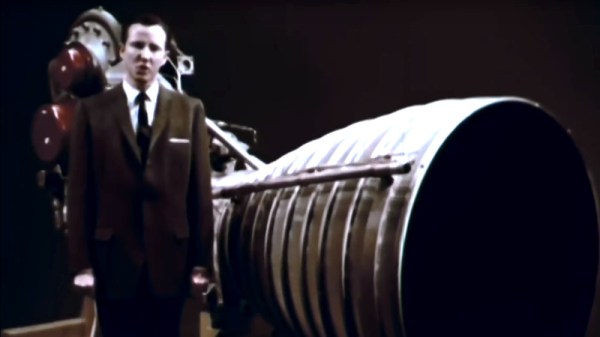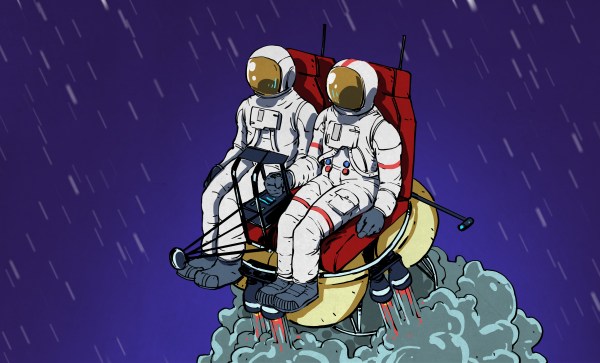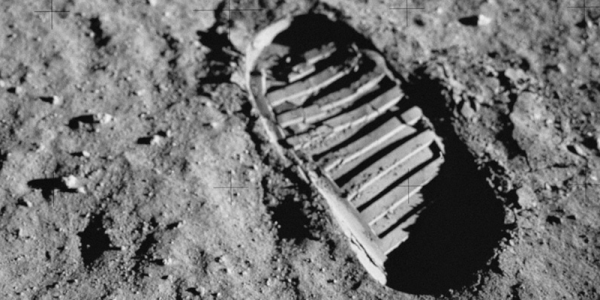“We choose to go to the Moon in this decade and do the other things, not because they are easy, but because they are hard; because that goal will serve to organize and measure the best of our energies and skills, because that challenge is one that we are willing to accept, one we are unwilling to postpone, and one we intend to win, and the others, too”
When President Kennedy gave his famous speech in September 1962, the art of creating liquid-fueled rocket engines of any significant size was still in its relative infancy. All the rocketry and power plants of the Saturn series of rockets that would power the astronauts to the Moon were breaking entirely new ground, and such an ambitious target required significant plans to be laid. What is easy to forget from a platform of five decades of elapsed time is the scale of the task set for the NASA engineers of the early 1960s.
The video below the break is from 1962, concurrent with Kennedy’s speech, and it sets out the proposed development of the succession of rocket motors that would power the various parts of the Saturn family. We arrive at the famous F-1 engine that would carry the mighty Saturn 5 and start its passengers on their trip to the Moon at a very early stage in its development, after an introduction to liquid rocket engines from the most basic of first principles. We see rockets undergoing testing on the stand at NASA’s Huntsville, Alabama facility, along with rather superlative descriptions of their power and capabilities.
The whole production is very much in the spirit of the times, though unexpectedly it makes no mention whatsoever of the Space Race with the Soviet Union, whose own rocket program had put the first satellite and the first man into space, and which was also secretly aiming for the moon. It’s somewhat jarring to understand that the people in this video had little idea that such an ambitious program would be as successful as it became, or even that in the wake of Kennedy’s assassination the following year there would be such an effort to fulfill the aim set out in his speech to reach the moon within the decade.
The moon landings, and the events and technology that made them possible, are a subject of considerable fascination for our community. We must have covered innumerable stories about artifacts from the Apollo era in these pages, and no doubt more will continue to come our way in the future. Films like this one do not tell us quite the same story as does a real artifact, but their values lies in capturing the optimism of the time. Anything seemed possible in 1962, and those who lived through the decade were lucky enough to see this proven.
Fifty years from now, what burgeoning engineering efforts will we look back on?
Continue reading “Retrotechtacular: The Saturn Propulsion System”














